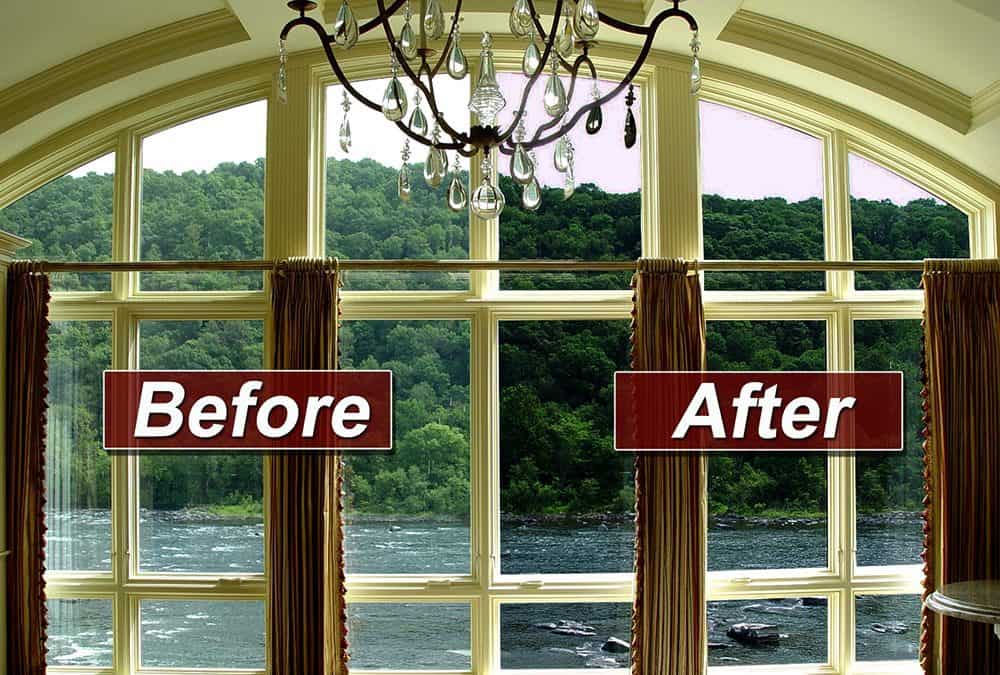Window tinting has been a popular home improvement nowadays and is considered a great investment for any home. It provides insulation, blocks UV rays, lowers utility bills, and gives you the privacy you need. There are three main types: UV Fade Protection Film, Decorative & Privacy Film, and Safety & Security Film. In this blog post, we will discuss their differences and talk about their benefits. We hope this helps you decide what type would work best in your home before you schedule for residential window tinting.
UV Fade Protection Film
This type of window tint is what you would see on commercial buildings. It provides 99% UV protection and blocks heat, which is why it’s the most ideal type for your home to prevent fading of furniture inside your house as well as protect you from harmful sun rays outside. This type also protects from fading your flooring and carpets, which is a common problem in homes with windows that let too much heat inside.
UV fade protection film can be applied to almost any glass surface on your house, including the skylights. It’s durable and prevents scratches and smudges. This type of film for house window tinting is ideal for homes in areas with extreme weather conditions, where the temperature can reach high levels outside.
Decorative & Privacy Film
This type of home window tint is popular for its decorative purposes. It comes in different colors and patterns so you can choose what matches your windows best to give them a nice touch without compromising privacy or insulation capabilities. This type of tint is ideal for homeowners who want an extra touch to their windows for privacy. According to a survey, most Americans place a high value on privacy in their daily lives.
Safety & Security Film
This type of window film for house window tinting can add a layer of security and protection in the event of a burglary or break-ins. This is a popular choice for windows or other areas that are at risk of being broken or shattered, such as the glass door on your patio.
What’s good about this type of window tint is that it can also keep the glass intact in case it does break. It provides an extra layer of protection on top of your current security measures at home, which works well for homeowners living in areas with high crime rates or those who want their property to be safe even when they’re not around.
Conclusion
With three main types of window film to consider, it can be confusing which will benefit you the most. The key here is to determine which aspects matter more to you. Choosing the right window tint for your home can be a challenging task, but we hope this blog post has helped you narrow down what type of tint would work best for your house. If you’re looking into getting residential window tinting for your home, make sure to contact certified and experienced installers.


 A Division of Jackie Cooper Tint & Electronics
A Division of Jackie Cooper Tint & Electronics